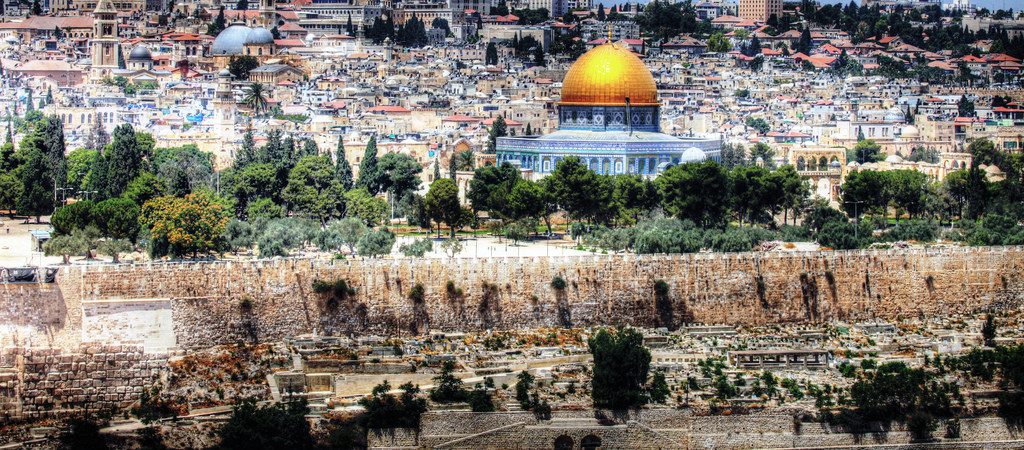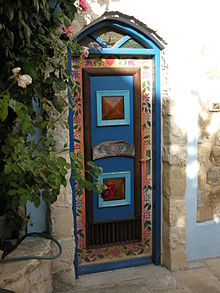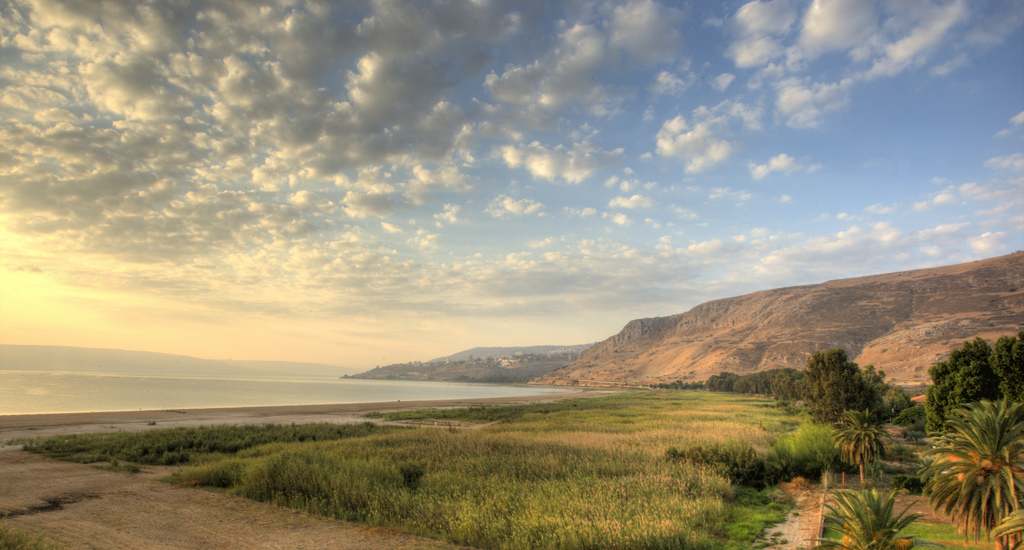Connecting with Heritage at Israel’s Four Holy Cities
May 6th 2015
 Although Jerusalem is the center of spirituality in the Holy Land, the concept of Israel’s Four Holiest Cities came about in the mid-17th century, primarily as a way to jointly raise charity from Jewish communities overseas for the needy Jews of Israel. Judaism’s Four Holy Cities are Jerusalem in the center, Hebron to the south and Tzfat and Tiberias to the north.
Although Jerusalem is the center of spirituality in the Holy Land, the concept of Israel’s Four Holiest Cities came about in the mid-17th century, primarily as a way to jointly raise charity from Jewish communities overseas for the needy Jews of Israel. Judaism’s Four Holy Cities are Jerusalem in the center, Hebron to the south and Tzfat and Tiberias to the north.
The Jerusalem Talmud was compiled in Tiberias in the 2nd century, and in the 18th and 19th centuries, the city emerged once again as an important center of Jewish scholarship. Today, Jewish tourists visit the famous tomb of the Rambam and the burial places of Rabbi Meir Baal HaNess and Rabbi Akiva. There is also a tradition that the wife, mother and sister-in-law of Moses are buried in The Mothers’ Tomb in Tiberias. Some of the most important sites of Christian interest in the area surrounding Tiberias include St. Peter’s Church; Mount Berenice; the nearby town of Magdala, home of Mary Magdalene; Capernaum, where Jesus conducted his ministry and Cana, where Jesus performed his first miracle.
 Hebron bears the distinction of being the burial place of the Biblical patriarchs and matriarchs, including Adam and Eve, Abraham and Sara, Isaac and Rebecca and Jacob and Leah. According to tradition, these ancestors are all interred in the Cave of the Patriarchs and Matriarchs, a significant site for all monotheists.
Hebron bears the distinction of being the burial place of the Biblical patriarchs and matriarchs, including Adam and Eve, Abraham and Sara, Isaac and Rebecca and Jacob and Leah. According to tradition, these ancestors are all interred in the Cave of the Patriarchs and Matriarchs, a significant site for all monotheists.
Tzfat has been a center of Kabbalah since the 16th century. The ancient cemetery in Tzfat contains the tomb of the Arizal (Rabbi Isaac Luria), perhaps the most widely revered Jewish mystic of all time. Another well-known grave belongs to Rabbi Yosef Caro, author of the Code of Jewish Law. Tzfat and Tiberias are approximately 40 minutes apart by car, and Christian visitors to Tzfat will be drawn to the surrounding areas such as Tabgha, where Jesus is believed to have performed the miracle of the loaves, and the Mount of Beatitudes, where the Sermon on the Mount took place.
There are literally dozens of sites holy to Jews and Christians in Jerusalem, including the Temple Mount and the Western Wall for Jews and the Church of the Holy Sepulchre, Gethsemane and Golgotha for Christians. Many Biblical passages from the Book of Genesis are said to have taken place here, but Jerusalem became the primary focal point for the Jewish nation when King David conquered the city in the 10th century BCE and made it the capital of Judea.
Whether Jewish or Christian, a visit to all four of these four holy cities can help you connect more deeply to your heritage while you’re touring the Holy Land.











